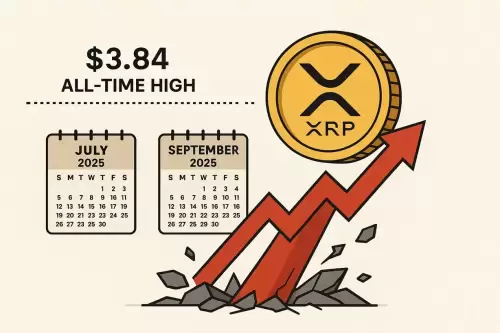 |
|
 |
|
 |
|
 |
|
 |
|
 |
|
 |
|
 |
|
 |
|
 |
|
 |
|
 |
|
 |
|
 |
|
 |
|
Cryptocurrency News Articles
Tether Holdings SA Expands Internationally as the U.S. Inches Closer to Formalizing Stablecoin Regulations
May 25, 2025 at 11:00 pm
As the United States inches closer to formalizing stablecoin regulations through proposals like the Genius Act, Tether Holdings SA, the world's largest stablecoin issuer, is maintaining its international focus.

The U.S. Congress is getting closer to formalizing regulations for stablecoins, notably through the proposed bill dubbed the “Genius Act.” As this legislation takes shape, attention naturally turns to how the world’s largest stablecoin issuer, Tether Holdings SA, is adapting.
While U.S. lawmakers are busy integrating stablecoins into the financial mainstream, it seems that Tether’s leadership is less interested in a full-fledged domestic pivot.
The company, which largely operates outside U.S. borders, appears to be keeping its sights set on emerging markets as its primary audience, especially considering the 3 billion people globally who remain unbanked by traditional banking systems.
The company’s CEO, Paolo Ardoino, recently spoke about how closely Tether is monitoring the U.S. legislative landscape, particularly regarding the implications for foreign issuers.
The Essence of the U.S. Proposal
The proposed legislation makes a distinction between local and foreign players, a factor that Tether is undoubtedly assessing.
“The bill does not allow foreign issuers to apply for a charter, although they can continue to operate in the United States if they meet certain conditions,” explained macroeconomic analyst Diego Urriolaguena in a recent analysis.
This structure of the bill is crucial as it might not be feasible for Tether to align itself with the framework of the bill without making changes to its global business model.
The company, which does not serve U.S. customers directly, is nonetheless contemplating the creation of a compliant stablecoin tailored to American regulatory frameworks.
This move, apparently aimed at courting institutional investors, would involve adhering to U.S. requirements like backing tokens with safe assets and following anti-money-laundering laws.
These conditions are being examined closely, especially since Tether’s current reserves include instruments such as secured loans and digital assets, which might not completely align with all U.S. criteria.
In a further bid for transparency, Tether is in talks with a major accounting firm for a full audit, a initiative that would represent a significant shift from its current practice of quarterly attestations.
The audit plan indicates Tether’s intent to meet the credibility benchmarks increasingly demanded by regulators and financial institutions.
The company is also engaging with U.S. authorities to ensure compliance with sanctions regulations, a critical factor for any financial institution operating on the global stage.
No Competition From a Consortium of Banks
Finally, there’s the interesting tidbit about a consortium of major American banks, including Bank of America (NYSE:BAC) and Citigroup (NYSE:C), exploring the possibility of issuing a stablecoin.
While this initiative has garnered attention, it seems that Tether is not particularly threatened. The company’s focus on emerging markets and the unbanked population sets it apart from the banks’ consortium, which is likely to be focused on the Western financial system.
‘The consortium’s efforts appear to be concentrated on providing a stablecoin for institutional clients in developed economies, while Tether is serving millions of users in emerging markets and facilitating cross-border payments with its USDT token,’ the analyst stated.
With USDT boasting a dominant market share of over 60% and outpacing global stablecoin transactions, Tether remains the market leader in terms of volumes, especially in regions where banking infrastructure is weak or nonexistent.
This places Teתר's decision to prioritize overseas expansion over accommodating the U.S. Congress a crucial turning point. As stablecoins continue to evolve, with a combined value of over $240 billion, Tether’s strategy makes it a singularly interesting company to follow in the fast-changing world of financial technology.
Disclaimer:info@kdj.com
The information provided is not trading advice. kdj.com does not assume any responsibility for any investments made based on the information provided in this article. Cryptocurrencies are highly volatile and it is highly recommended that you invest with caution after thorough research!
If you believe that the content used on this website infringes your copyright, please contact us immediately (info@kdj.com) and we will delete it promptly.
-

-

-

- Ripple, Bitcoin, and Crypto History: Unearthing the Roots of Digital Finance
- Jun 25, 2025 at 08:25 pm
- Explore the intertwined history of Ripple, Bitcoin, and the crypto revolution. From Ripple's surprising early origins to NYC's bold crypto embrace, discover the key trends and insights shaping the future of digital finance.
-

-

-

-

-

-





























































